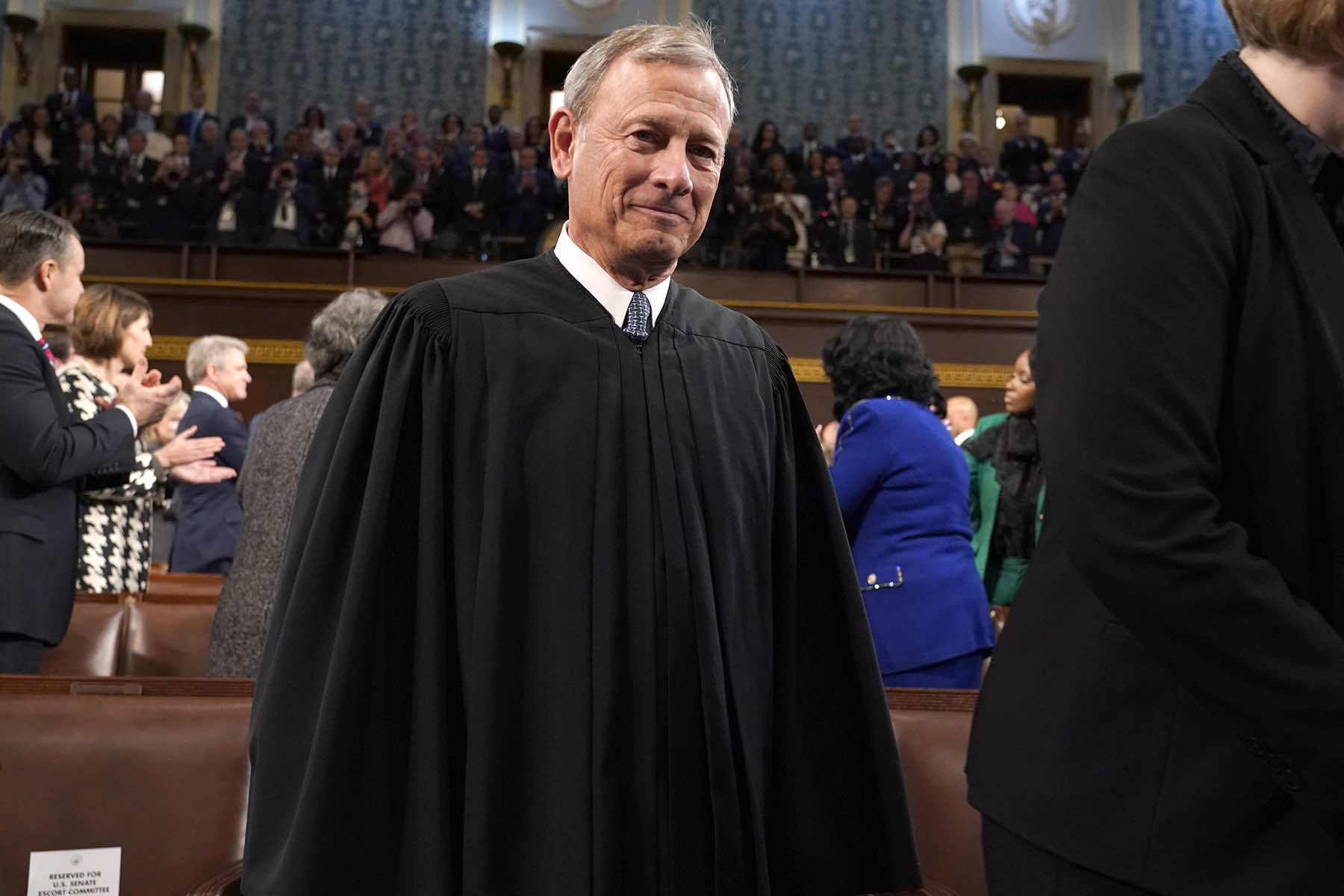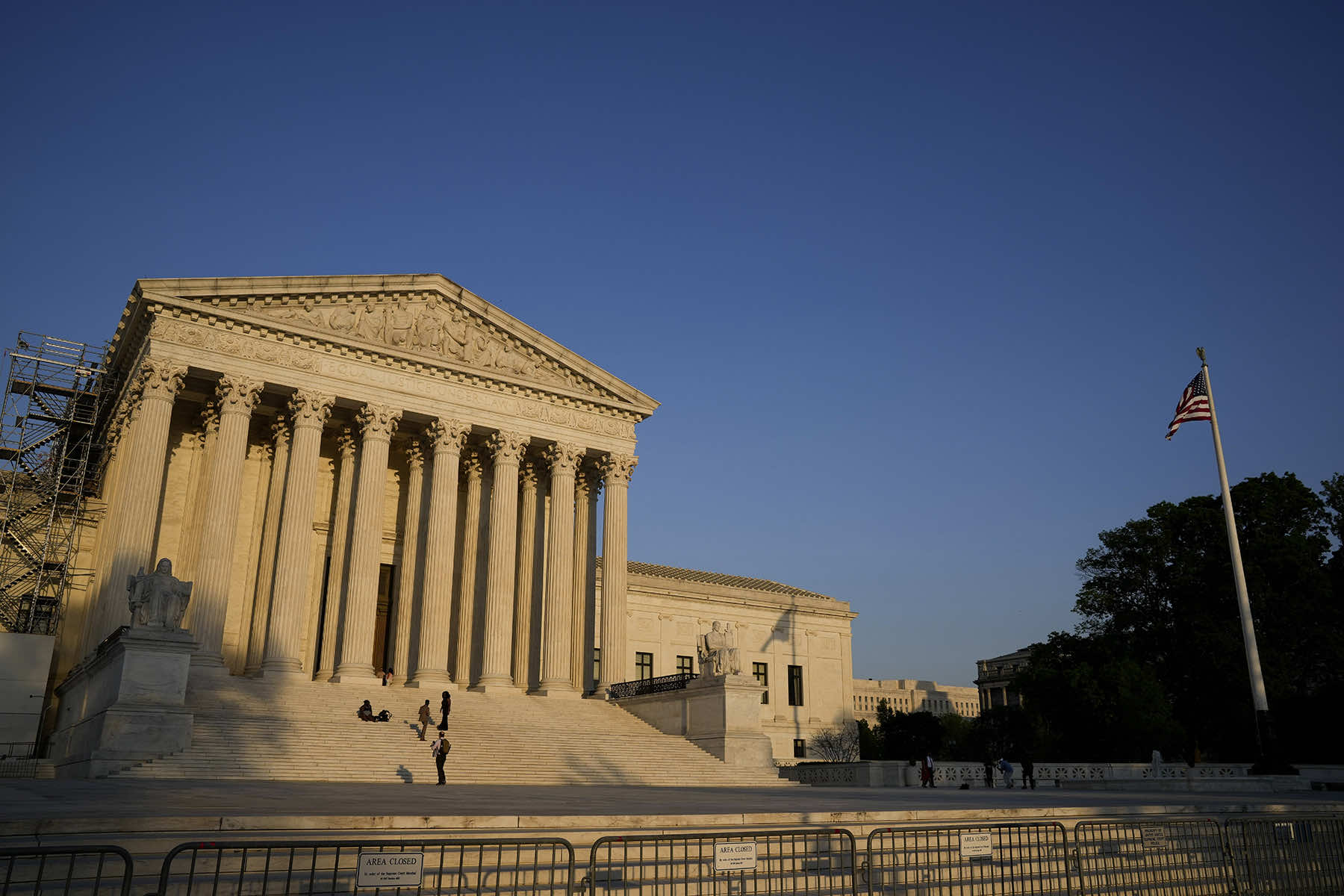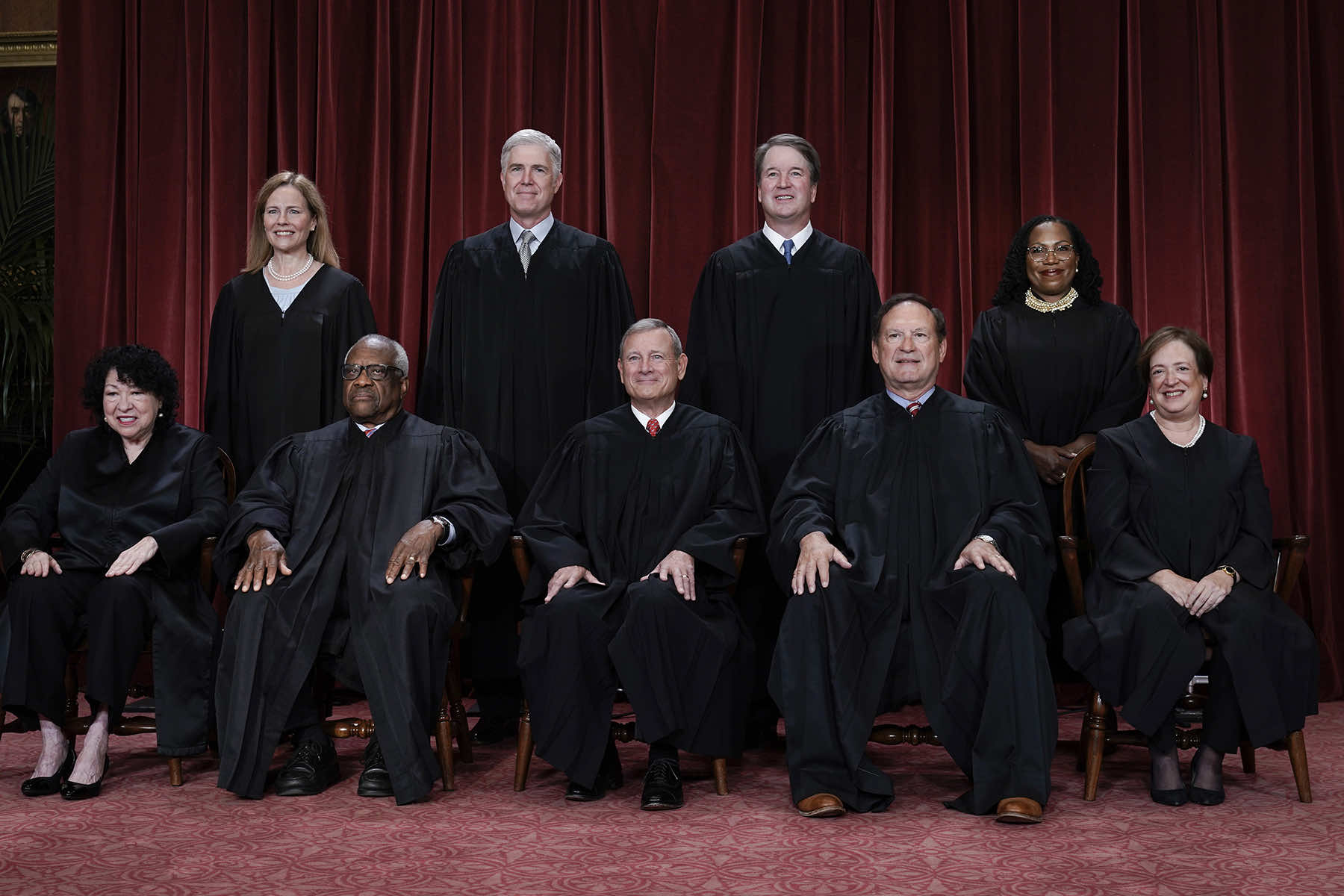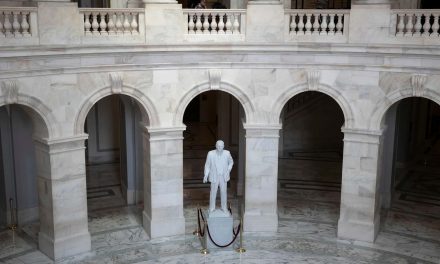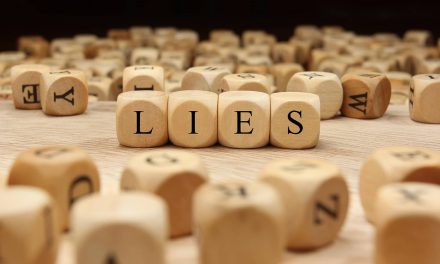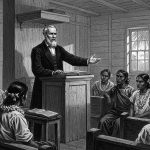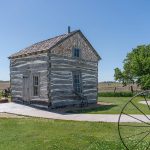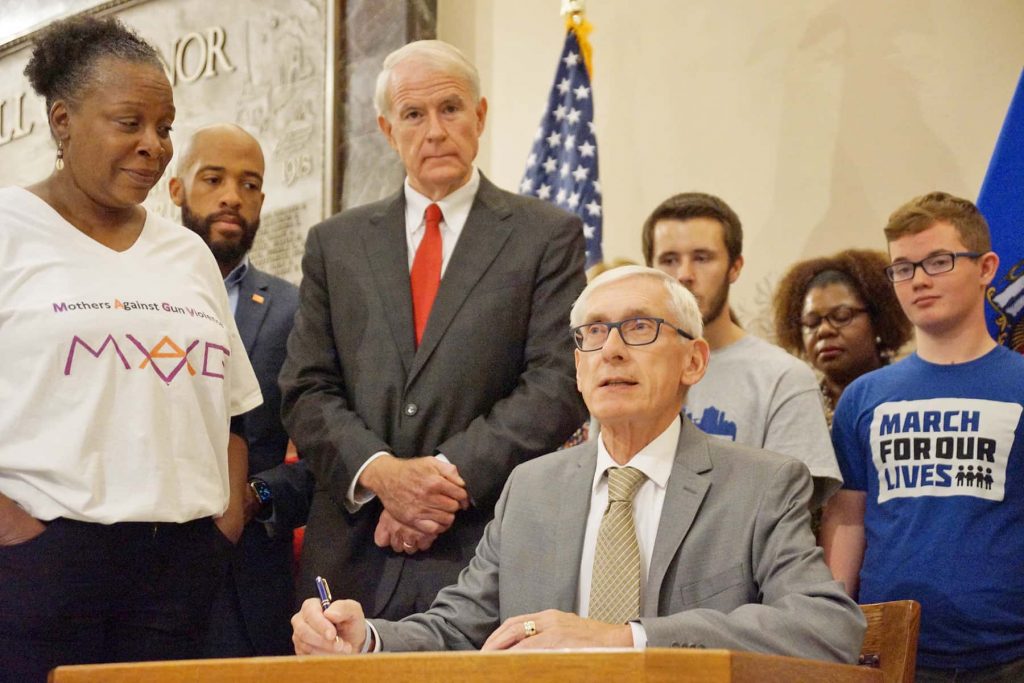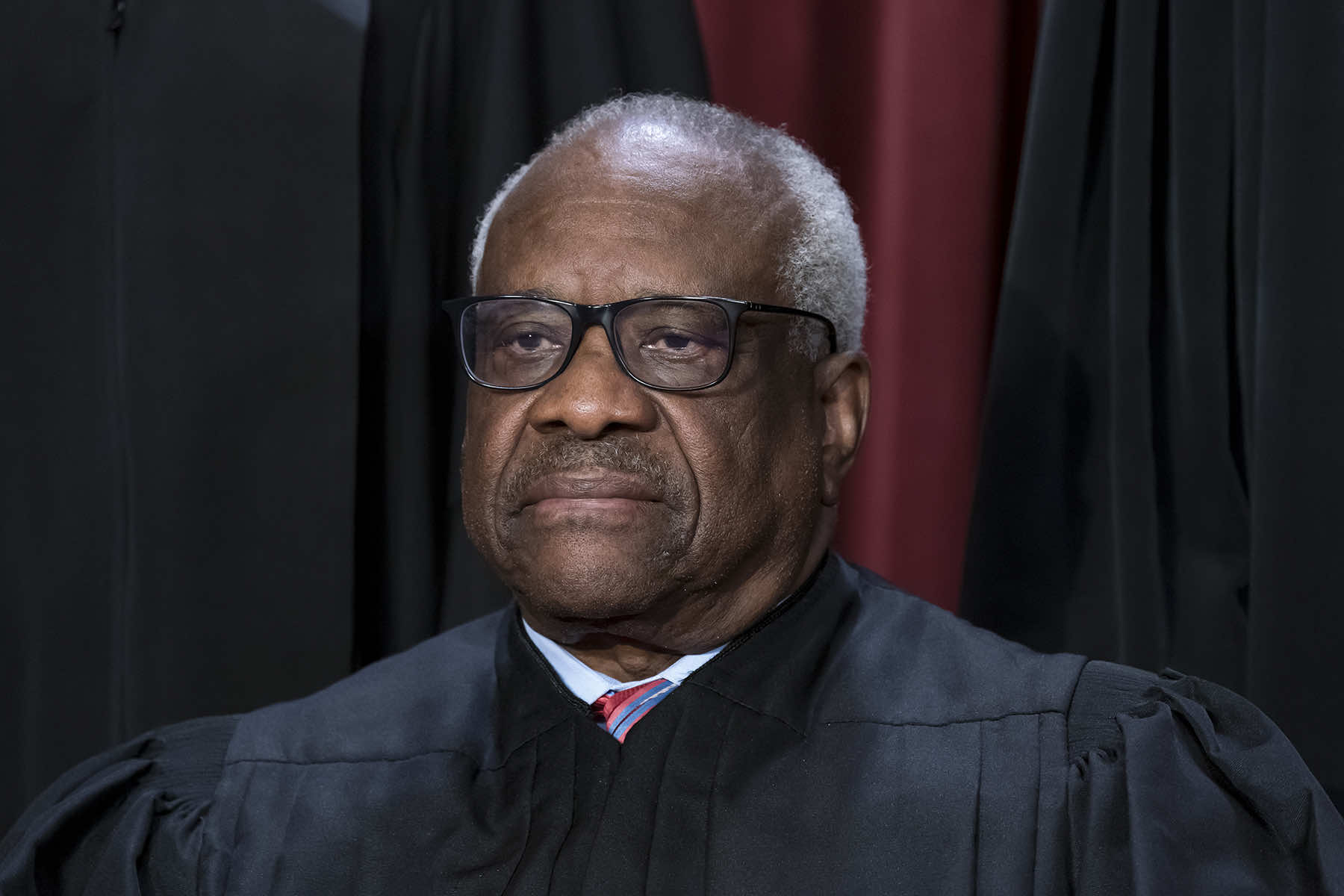
Clarence and Ginni Thomas want to stay on the Harlan Crow and Leonard Leo gravy trains, and Crow’s lawyers are essentially claiming Thomas has every right to continue to act like a corrupt third-world autocrat who’s accountable to nobody, not even the voters and citizens of the United States or
Senator Dick Durbin is the chairman of the Senate Judiciary Committee, which has both oversight of and writes laws relating to the federal court systems of the United States. Using powers given him by the Constitution, Durbin has asked Crow to account for the “gifts” he has showered on Thomas and his family over the past quarter-century.
In defying Durbin’s request, Crow – speaking through his lawyers – has asserted that Congress doesn’t have the power to regulate or sustain oversight of the Court or its justices — or people or companies that appear to be bribing or otherwise attempting to influence those justices.
He is wrong. It was Congress, in fact, which created the Supreme Court in the first place.
Article III of the Constitution defines the federal judiciary. Article I defines and empowers Congress, the first among equals; Article II defines and empowers the presidency and executive branch, the second among equals.
Article III opens with:
“The judicial Power of the United States shall be vested in one supreme Court, and in such inferior Courts as the Congress may from time to time ordain and establish.”
On June 21, 1788, New Hampshire became the ninth of the 13 states to ratify the Constitution, bringing the United States of America as we know it today into existence. (The Constitution was finally ratified by all the states on May 29, 1790, when Rhode Island was the last to approve the document.)
Congress technically came into being on that day in 1788, although nobody had yet been elected; the Continental Congress thus set elections for the first Congress and the first President during the roughly 4-week period from Monday, December 15, 1788, to Saturday, January 10, 1789, with the new government officially beginning with the swearing in of the President on March 4, 1789.
Once the new Congress and President Washington were sworn in and established in power, Congress then had to create the Court system of the United States, per the opening sentence of Article III of the Constitution quoted above.
They did this by passing the Judiciary Act of 1789, which was debated through the early fall of that year and passed on September 24, 1789.
Congress, thus, literally created the Supreme Court (and the appeals and district court systems) out of thin air that day with the power the Constitution gave them, and then set rules for the Court’s operation, as the Constitution stipulates.
The opening two sentences of the Judiciary Act of 1789 say:
“Be it enacted by the Senate and House of Representatives of the United States of America in Congress assembled, That the supreme court of the United States shall consist of a chief justice and five associate justices, any four of whom shall be a quorum, and shall hold annually at the seat of government two sessions, the one commencing the first Monday of February, and the other the first Monday of August.
“That the associate justices shall have precedence according to the date
of their commissions, or when the commissions of two or more of them
bear date on the same day, according to their respective ages.”
The Constitution further gives Congress oversight and control of the Supreme Court and its functions, as Alexander Hamilton described at length in Federalist 78.
Article III, Section 2 of the Constitution lays out the power and obligation of Congress to regulate the Supreme Court (including funding it, determining where and under what circumstances it meets, defining justices’ pay, stipulating the number of justices, etc.) and to limit what issues the Supreme Court may rule on.
It says, unambiguously:
“[T]he supreme Court shall have appellate Jurisdiction, both as to Law and Fact, with such Exceptions, and under such Regulations as the Congress shall make.”
So, now comes billionaire Harlan Crow, who appears to have spent the past quarter-century purchasing the loyalty and votes of Clarence Thomas with lavish vacations, Frederick Douglass’ bible, buying and renovating Thomas’ mother’s home and letting her live there rent-free, sending the child Clarence and Ginny were raising as their own to a high-end boarding school, etc.
When Durbin reached out to Crow, attempting to determine the extent of this apparent influence-buying scheme, Crow’s lawyers essentially told him to go screw himself.
Completely ignoring both the obligation of Congress to “regulate” the Court and the checks-and-balances which that oversight and regulation requires, Crow’s lawyers’ letter to Durbin says:
“After careful consideration, we do not believe the Committee has the authority to investigate Mr. Crow’s personal friendship with Justice Clarence Thomas. Most importantly, Congress does not have the constitutional power to impose ethics rules and standards on the Supreme Court. Doing so would exceed Congress’s Article I authority and violate basic separation of powers principles. That precludes the Committee from pursuing an investigation in support of such legislation.”
They go on to cite the Supreme Court’s 1803 Marbury v Madison decision, in which the Court gave itself the power to essentially regulate Congress and the White House (by overturning laws passed by Congress and signed by the President), a power which is found nowhere in the Constitution:
“The Committee’s Letter to Mr. Crow states that the Committees request is part of its ‘ongoing effort to craft legislation strengthening the ethical rules and standards that apply to the Justices of the Supreme Court.’ But Congress lacks the authority to enact such Legislation. As you know, Congress may act only pursuant to its enumerated powers. See Marbury v. Madison. 5 U.S. 137. 176 (1803). … None of those enumerated powers includes the authority to regulate the internal affairs and operations of the Supreme Court, a coequal branch of government.”
Setting aside the obvious fact that Harlan Crow isn’t a member of the Supreme Court and therefore — even if his lawyers’ assertions were accurate — can’t claim separation-of-powers immunity from congressional inquiries, this brings us full circle to the Marbury decision they’re citing.
Thomas Jefferson was president in 1803 when that case was decided, and he flipped out when the Court ruled it could run roughshod over Congress and the President.
The author of the Declaration of Independence and instigator of the Bill of Rights bluntly expressed his concern to his old friend Judge Spencer Roane, the son-in-law of Patrick Henry and a justice of the Virginia Supreme Court:
“If this opinion be sound,” Jefferson wrote, “then indeed is our Constitution a complete felo de se [a suicide pact]. For intending to establish three departments, coordinate and independent, that they might check and balance one another, it has given, according to this opinion, to one of them alone, the right to prescribe rules for the government of the others, and to that one too, which is unelected by, and independent of the nation….
President Jefferson continued in full fury:
“The Constitution, on this hypothesis, is a mere thing of wax in the hands of the judiciary, which they may twist and shape into any form they please. …
“My construction of the Constitution is very different from that you quote. It is that each department is truly independent of the others, and has an equal right to decide for itself what is the meaning of the Constitution in the cases submitted to its action; and especially, where it is to act ultimately and without appeal….
“A judiciary independent of a king or executive alone is a good thing; but independent of the will of the nation is a solecism [a blunder], at least in a republican government.”
The blowback from Jefferson and the newspapers of that time against the Supreme Court claiming they had the power and right to strike down or rewrite laws was so severe that they didn’t meaningfully touch that third-rail of constitutional interpretation again until 1856, long after everybody on the Marshall Court was dead.
That was the fateful year when Chief Justice Roger Taney thought he’d “solve the slavery problem in America once and for all” with his Dred Scott decision, striking down and modifying numerous US laws by ruling that Black people were “property” across the entire United States, slave state or free state.
President Abraham Lincoln refused to enforce the decision, saying, essentially, “That was terrible for poor Mister Scott and he’s going to have to go back to slavery, but I’m not going to apply this to any other people in America” (my words, not his). Many historians argue that this overreach by the Court in Dred Scott, based in their claimed interpretation of the Constitution and the Marbury decision, led us straight to the Civil War.
Thus, it was not until the early 20th century that the Court started tearing down or rewriting laws in really great numbers; today it is almost all that they do. And now they’re telling Congress — through Harlan Crow’s lawyers and Chief Justice Roberts’ refusal a few weeks ago to testify before the Senate Judiciary Committee — to take a long walk off a short pier.
“We can regulate you,” the Supreme Court is essentially saying, “by declaring your laws unconstitutional and striking them down, but you may not even think about regulating us.”
That doesn’t even remotely resemble “co-equal branches” or “checks and balances,” much less the explicit requirement of the Constitution for Congress to “regulate” the Supreme Court.
The Supreme Court has been acting like they were the unelected kings and queens of America on and off for two centuries.
Every time they walk up to the edge and are then slapped down by a sitting president — like with Marbury in 1803, Worcester v Georgia (the “Trail of Tears” case) in 1832, Dred Scott in 1856, or when President Roosevelt backed them down in 1937 just as they were about to declare Social Security and most of the New Deal unconstitutional — they’ve backed down at the last minute.
I lay out at length Roosevelt’s successful confrontation with the rightwing “four horsemen” justices in 1937 in my book The Hidden History of the Supreme Court and the Betrayal of America. It’s a model in presidential leadership that Biden and Durbin should study.
This time, though, it appears that the Roberts Court is prepared to go to the mat, asserting their power over and above both Congress and the President, be it in refusing congressional oversight; their secretive, unsigned, and unexplained “shadow docket” rulings; or in their flagrant violations of explicit ethics laws Congress has previously passed that include the Supreme Court in their purview.
Thomas wants to continue the free goodies gravy train; Gorsuch wants to cut land deals on the side; Alito wants to take lavish and well-paid “speaking” trips to Europe; Kavanaugh wants to keep his sources of money secret; Roberts wants his wife to continue to take millions from law firms with business before the Court; and Barrett wants to continue to refuse to recuse herself (as she did when on lower courts) in cases involving her father’s oil company employer.
This Court is out of control, and if Durbin, Schumer, and Biden don’t get together and do something about it now, there may not be another chance.
iIt is time for Congress and the President to follow the Constitution — rather than the bizarre Marbury decision — and regulate the Supreme Court and its obstreperous, defiant rightwing justices.
If they fail, America could end up being almost completely ruled by six unelected rightwing cranks answerable to nobody except the billionaires who shower gifts on them.
J. Scott Applewhite (AP) and Jacquelyn Martin (AP)
© Thom Hartmann, used with permission. Originally published on The Hartmann Report as Billionaire Asserts His Absolute Right to Own a Supreme Court Justice: Will He Get Away With It?
Subscribe to The Hartmann Report directly and read the latest views about U.S. politics and other fascinating subjects seven days a week.

